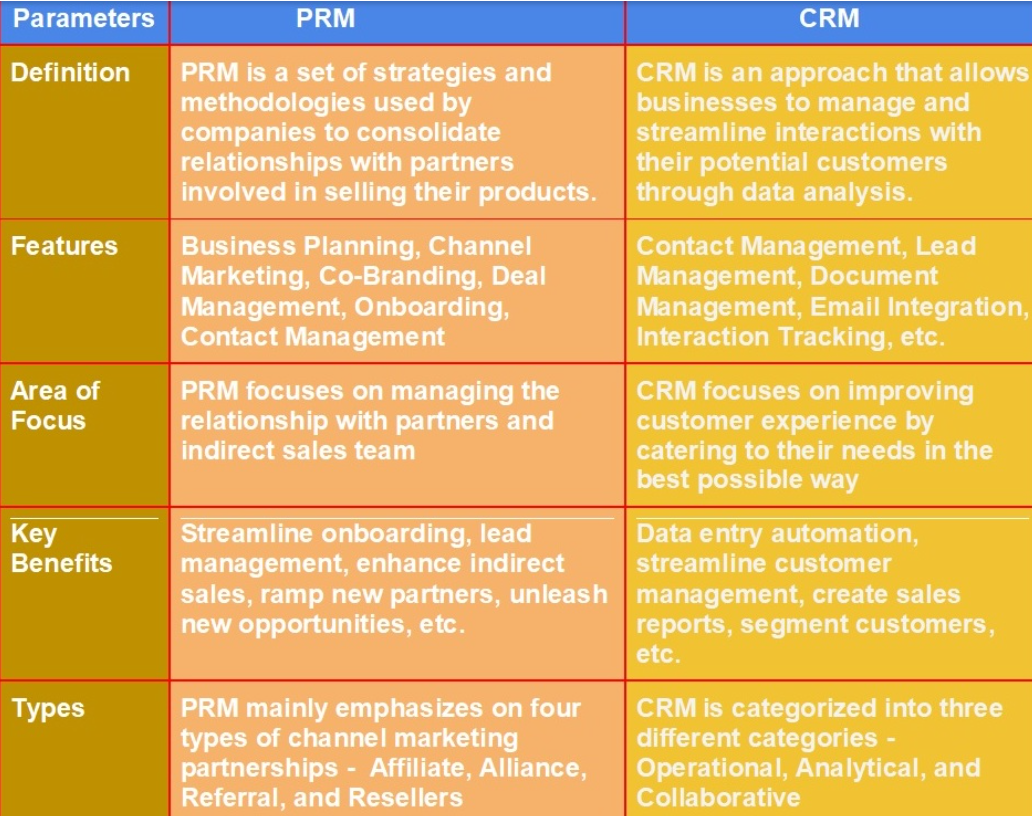Why should you incorporate PRM software in your marketing strategy?
Managing multiple channel partner relationships as a route to market might be complex and challenging, especially when PRM marketers have to manually oversee partner rebates and figure out performance data criteria manually on spreadsheets.
It’s complicated to carry out these repetitive tasks without errors creeping in and even more difficult considering how often channel targets and measurements change. Not to mention the disruption caused by the emergence of new channel types and partner programs.
In today’s competitive business environment, partnership relationship management solutions offer marketers a practical way to facilitate all aspects of managing partner relationships. It’s an essential marketing tool that helps companies keep ahead of the competition with the ability to react to new market segments, gain new customers, and boost revenues.
A PRM helps collaborate with numerous businesses easily, with a strategy that shares resources, making it cost-effective for small businesses needing more staff.
Various industries have successfully incorporated PRM into their marketing strategies and benefited immensely.
Technology Industry
The Technology sector, including software and hardware companies, often operates through channel sales and relies on partnerships for product distribution. PRM solutions help manage and support partner networks, streamline deal registration and lead management, and provide real-time visibility into sales performance, enabling companies to scale their business and maximize revenue.
Manufacturing
Another industry that has immensely benefited from PRM is Manufacturing. Using PRM solutions enables manufacturers to onboard effectively and train their partners, including distributors, dealers, and resellers, provides them with product information and marketing materials, and collaborates on joint marketing campaigns. By doing this, the results include improved partner engagement, enhanced sales effectiveness, and increased market penetration.
Telecommunications
Telecommunications is another industry heavily relying on affiliates for customer acquisition, service delivery, and network deployment. PRM can aid in managing telecom channel partners, facilitate efficient communication, and coordinate sales activities. Also, their tracking performance tools, overseeing commissions, and ensuring compliance lead to enhanced partner productivity and revenue growth.
Retail
Retail organizations often collaborate with suppliers, distributors, and franchisees to expand their product offerings and geographical reach. PRM solutions help streamline the onboarding process for retail partners, centralize marketing assets and promotions, and facilitate seamless communication. This way, retailers can create consistent brand experiences across multiple locations and increase customer satisfaction.
Finance
The Financial services sector, including banking, insurance, and wealth management, frequently relies on strategic partnerships to extend their product portfolios and reach new customer segments. PRM solutions enable financial institutions to manage partner relationships, provide training and compliance resources, and automate lead distribution and deal registration processes.
iGaming
PRM also significantly influences the iGaming sector by improving collaboration, streamlining operations, and driving revenue growth.
PRM software plays a vital role in shaping the iGaming sector by enabling effective partner management, streamlining operations, and leveraging data-driven strategies. It helps operators build strong relationships with partners, drive customer acquisition, and ultimately enhance their competitive edge in the dynamic iGaming market.
These are only some of the worldwide industries that have seen substantial benefits from adopting PRM solutions. PRM can be advantageous for any business that relies on partnerships and collaboration as part of its go-to-market and expansion strategy.
















